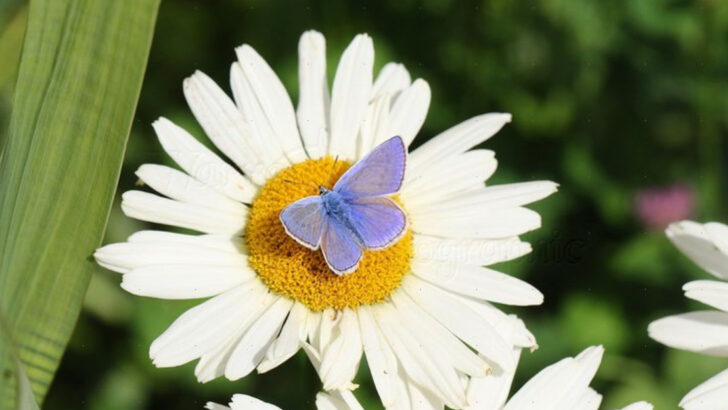Some butterflies bring magic to your garden—others bring chaos. With wings like stained glass and flight paths like poetry, most butterflies are a welcome sight. They drift from bloom to bloom, spreading life and color wherever they go. But not every butterfly is an innocent flower-hopper. A few of these seemingly delicate beauties are undercover pests. Behind those flashy wings? Destructive larvae that can chew your favorite plants to bits before you even realize what’s happening. If you’ve ever watched your garden bloom and then suddenly shrivel, one of these culprits might be to blame. Let’s meet the butterflies worth attracting—and the few that might turn your backyard paradise into a buffet.
Monarch Butterfly
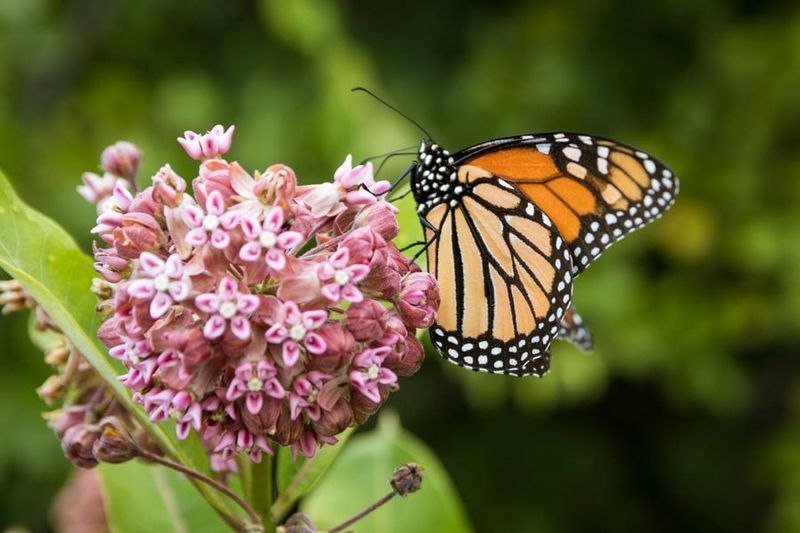
The Monarch butterfly is one of nature’s most enchanting creatures, known for its incredible migration journey.
With vivid orange wings accented by black borders and white spots, this butterfly is a beloved sight in summer gardens. Monarchs rely on milkweed plants for survival.
Their larvae feed exclusively on these plants, making them crucial to their lifecycle. Despite their beauty, Monarch populations are declining due to habitat loss.
Swallowtail Butterfly
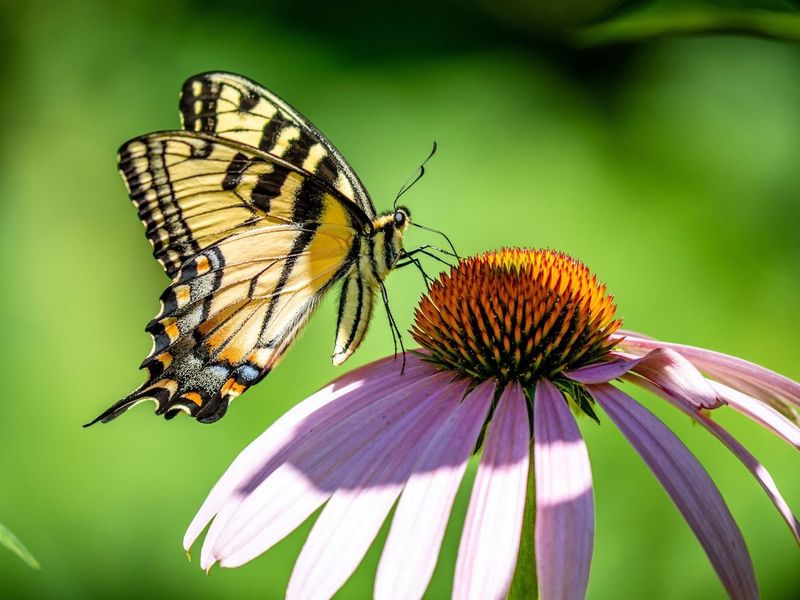
Swallowtail butterflies are a majestic addition to any summer garden, boasting eye-catching tails that resemble a swallow’s tail feathers.
These butterflies are known for their graceful flight and striking coloration, often featuring blues, yellows, and blacks. Preferring nectar-rich flowers, they contribute to pollination.
Swallowtails have a remarkable ability to adapt to different environments, thriving in varied climates and settings.
Painted Lady Butterfly

The Painted Lady butterfly is a global traveler, making appearances in gardens worldwide.
With its intricately patterned wings, combining orange, brown, and white hues, it captivates gardeners and nature lovers alike. This butterfly’s adaptability allows it to thrive in diverse environments.
Painted Ladies are known for their long migratory routes, often covering thousands of miles.
Red Admiral Butterfly
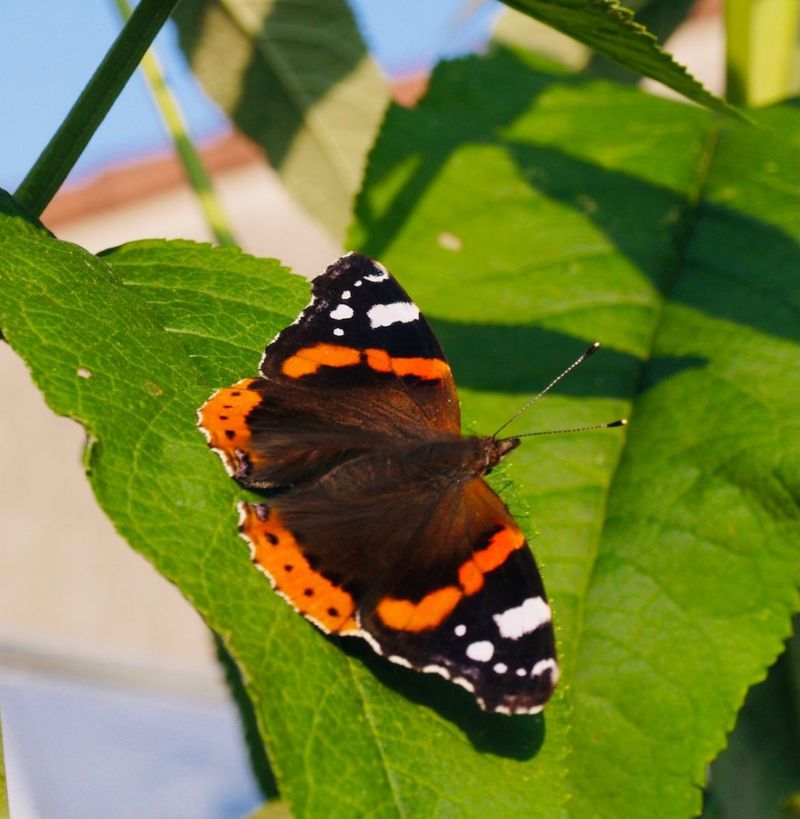
Red Admirals are known for their bold and striking wing patterns that combine deep reds and blacks.
These butterflies are often seen basking in the sun, enjoying the warmth of summer gardens. Though they are strong fliers, they are also approachable, making them a favorite among butterfly enthusiasts.
Red Admirals are drawn to nettles, where they lay their eggs.
Cabbage White Butterfly
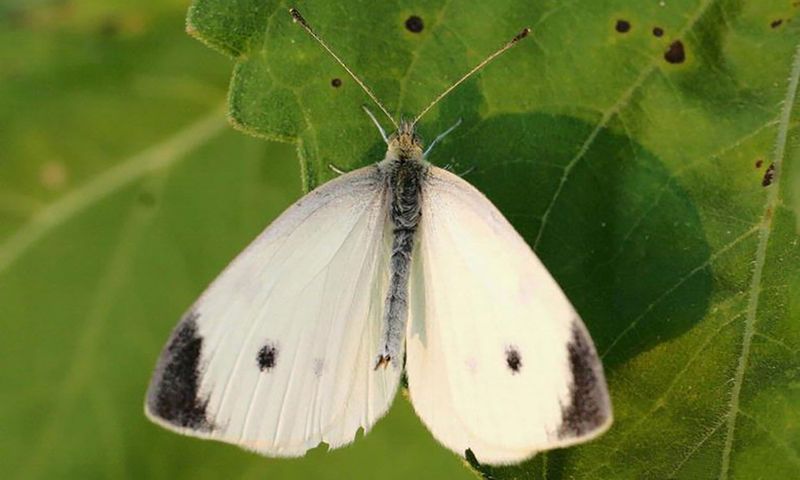
Cabbage White butterflies, though simple in appearance, play a complex role in gardens.
Their white wings, dotted with black, create a gentle presence as they flutter among plants. However, they are also known for laying eggs on cabbages and related crops, where their larvae can cause damage.
Gardeners often need to take care to manage these butterflies to protect their vegetables.
Mourning Cloak Butterfly
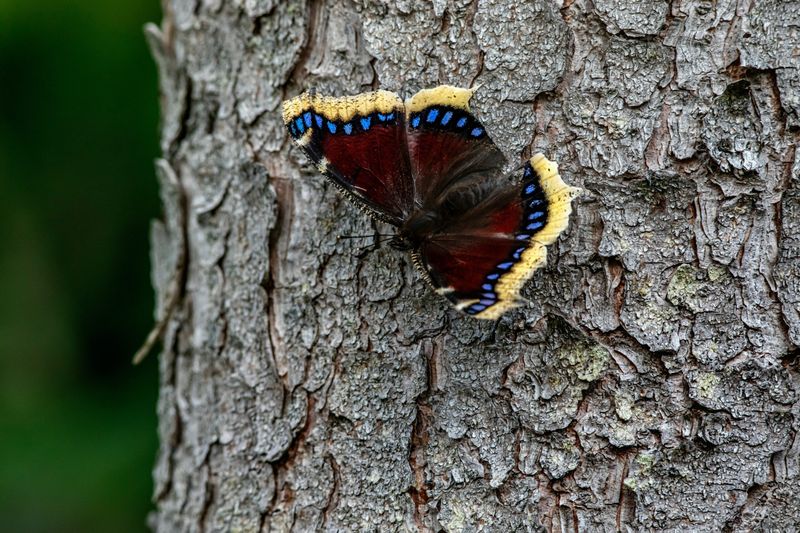
Mourning Cloak butterflies are easily recognized by their rich maroon wings, bordered with yellow and adorned with blue spots.
These butterflies are unique as they can be seen flying on warm winter days, often the first butterflies to appear in spring. Their varied diet includes tree sap, rotting fruit, and nectar.
Mourning Cloaks are known for their long lifespan, living up to 10 months.
Peacock Butterfly
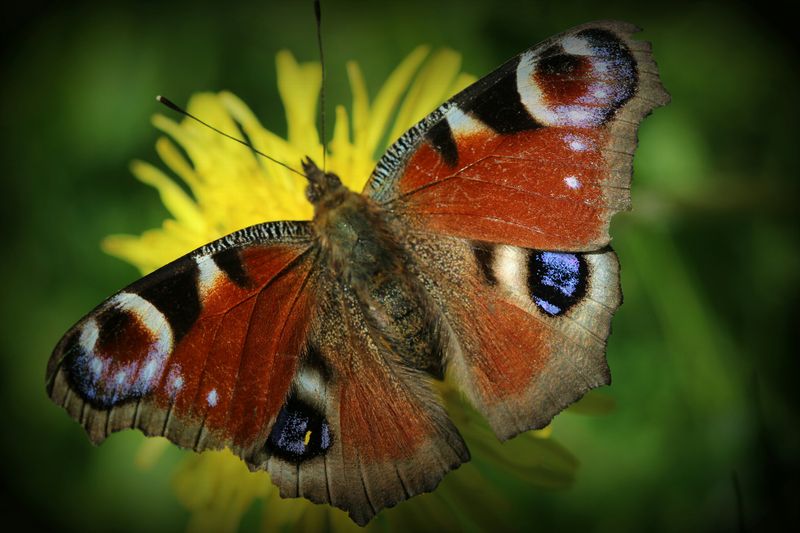
Peacock butterflies are a striking presence in gardens, with their eye-catching eyespots designed to deter predators.
Their vibrant red wings are adorned with these spots that resemble peacock feathers, adding a touch of exotic beauty to any garden. They are often attracted to sunny, open spaces.
These butterflies are known for their territorial nature, frequently chasing away intruders.
Comma Butterfly

The Comma butterfly is named for the distinct comma-shaped marking on its underside.
With jagged, scalloped wings, this butterfly is a master of camouflage, blending into the foliage as it rests. Its enigmatic appearance adds intrigue to any garden.
Gardeners often spot Commas basking in the sun, their wings open to absorb warmth.
Brimstone Butterfly
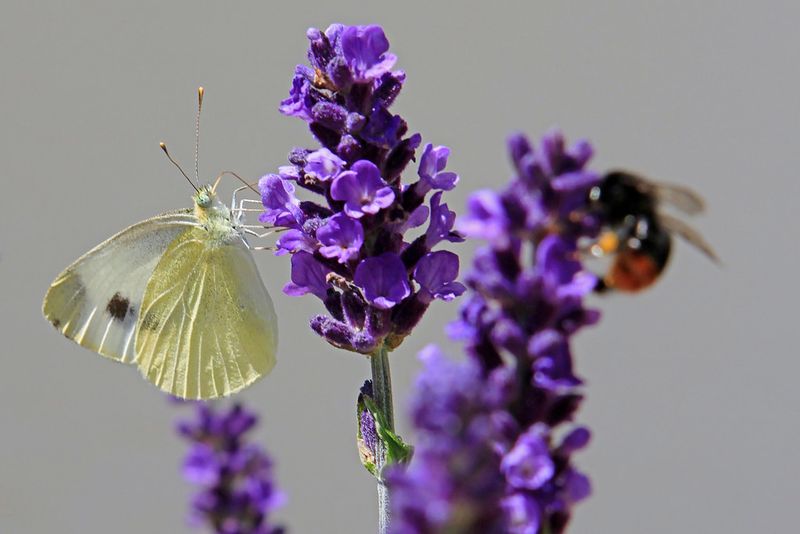
Brimstone butterflies are a herald of spring, with their vibrant yellow-green wings signaling the change of seasons.
These butterflies are often among the first to appear after winter, bringing hope and color to awakening gardens. Their wing shape is reminiscent of leaves, providing excellent camouflage.
Brimstones are known for their long proboscis, allowing them to feed from deep within flowers.
Small Tortoiseshell Butterfly
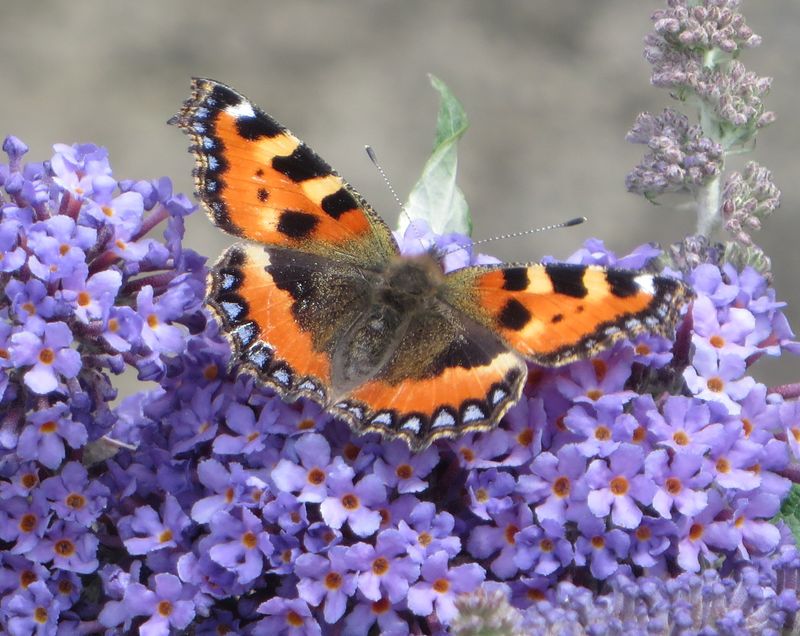
Small Tortoiseshell butterflies are a delightful sight with their warm orange and black patterns.
These butterflies are often seen flitting around buddleias, drawn to their nectar-rich blossoms. Their friendly nature makes them frequent visitors to human-inhabited spaces.
Despite their beauty, they are known for their aggressive behavior when defending territory.
Speckled Wood Butterfly
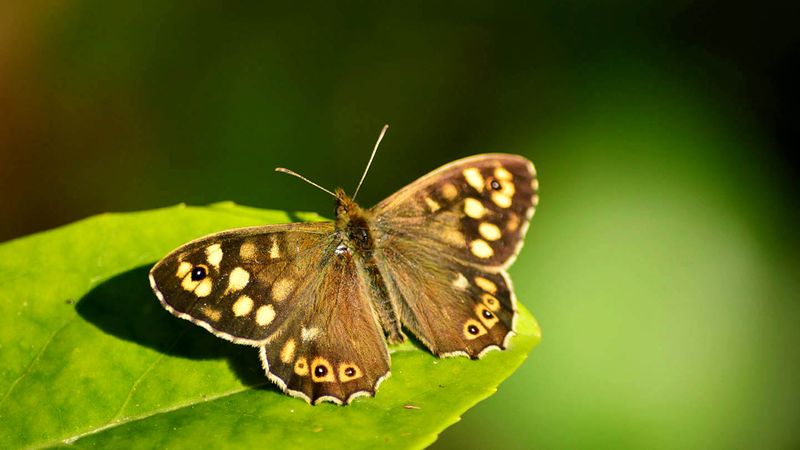
The Speckled Wood butterfly finds its home in sun-dappled woodland areas, its brown wings adorned with creamy spots.
These butterflies are known for their territorial battles, often engaging in aerial duels over sunny patches. They bring a touch of wild charm to gardens with shaded areas.
Speckled Woods are highly adaptable, thriving in various environments.
Holly Blue Butterfly

The Holly Blue butterfly is a delicate and enchanting creature, easily recognized by its shimmering blue wings.
These butterflies are often found in gardens where holly or ivy is present, as these plants serve as host plants for their larvae. With a gentle flutter, they bring a sense of tranquility.
Their appearance in early spring signifies the arrival of warmer days.
Common Blue Butterfly
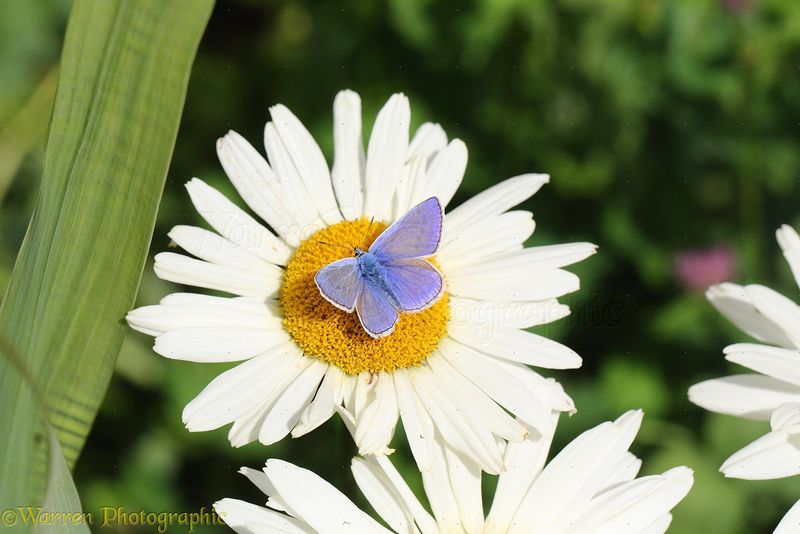
Common Blue butterflies add a splash of color to meadows and gardens with their vibrant blue wings.
These butterflies are social creatures, often seen in groups, creating a lively atmosphere. Their presence is a testament to a healthy ecosystem.
Common Blues are not picky eaters, feeding on a variety of flowering plants.
Large White Butterfly
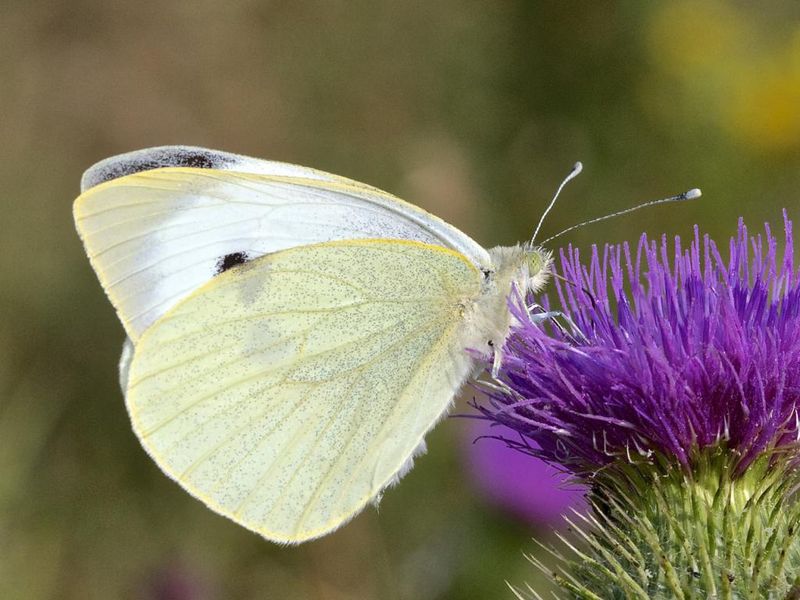
Known as the ‘cabbage butterfly,’ the Large White is both admired and considered a pest.
With striking white wings and black tips, these butterflies are often seen fluttering around vegetable patches. While they contribute to the beauty of gardens, their larvae can cause significant damage to cabbage crops.
Gardeners must balance their admiration with careful management to protect their plants.
Glasswing Butterfly
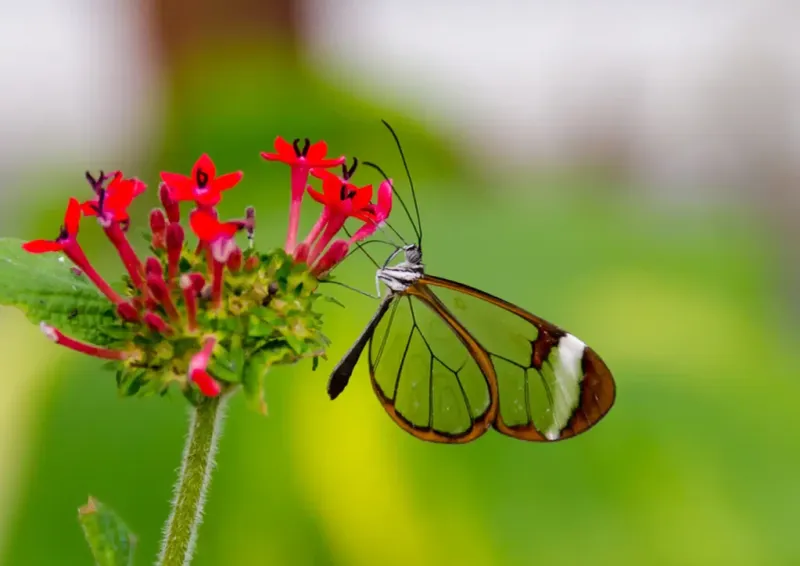
Glasswing butterflies are a marvel of nature, with transparent wings that create a ghostly elegance.
Native to Central and South America, they are a rare sight in most gardens but are highly prized by butterfly enthusiasts. Their wings allow them to blend seamlessly into their surroundings, evading predators.
These butterflies symbolize the delicate balance of ecosystems.
Gypsy Moth (Destructive)
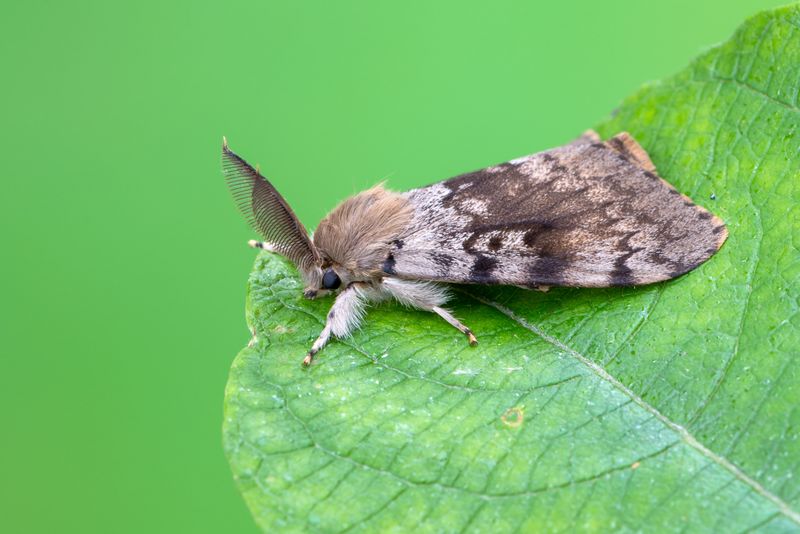
The Gypsy Moth is infamous for its destructive capabilities.
With its insatiable appetite, this moth can defoliate entire trees, posing a serious threat to forests and gardens alike. Despite its seemingly innocuous appearance, its larvae are voracious eaters.
Efforts to control their population are crucial to maintaining healthy plant life.
Citrus Swallowtail (Destructive)
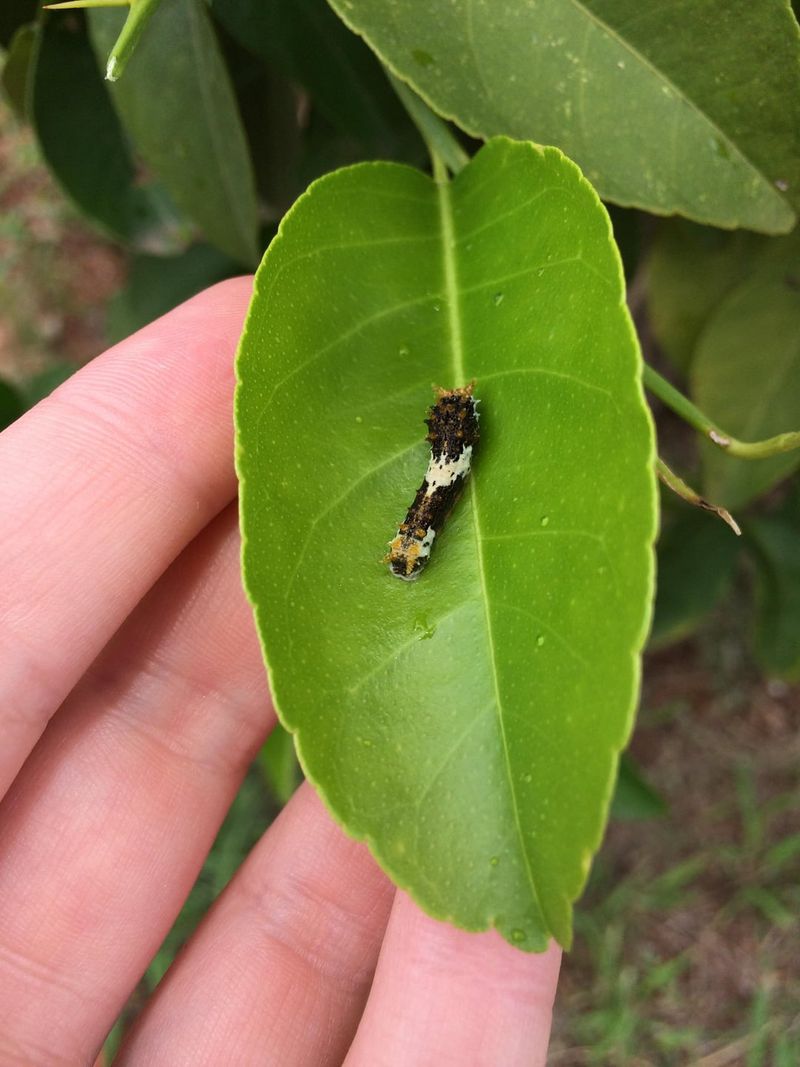
Citrus Swallowtails, while beautiful, are often considered pests in citrus groves.
Their larvae feed on the leaves of citrus trees, causing significant agricultural damage. The butterfly itself is stunning, with large wings adorned with intricate yellow and black patterns.
Effective pest management is essential to protect citrus crops from these butterflies.

